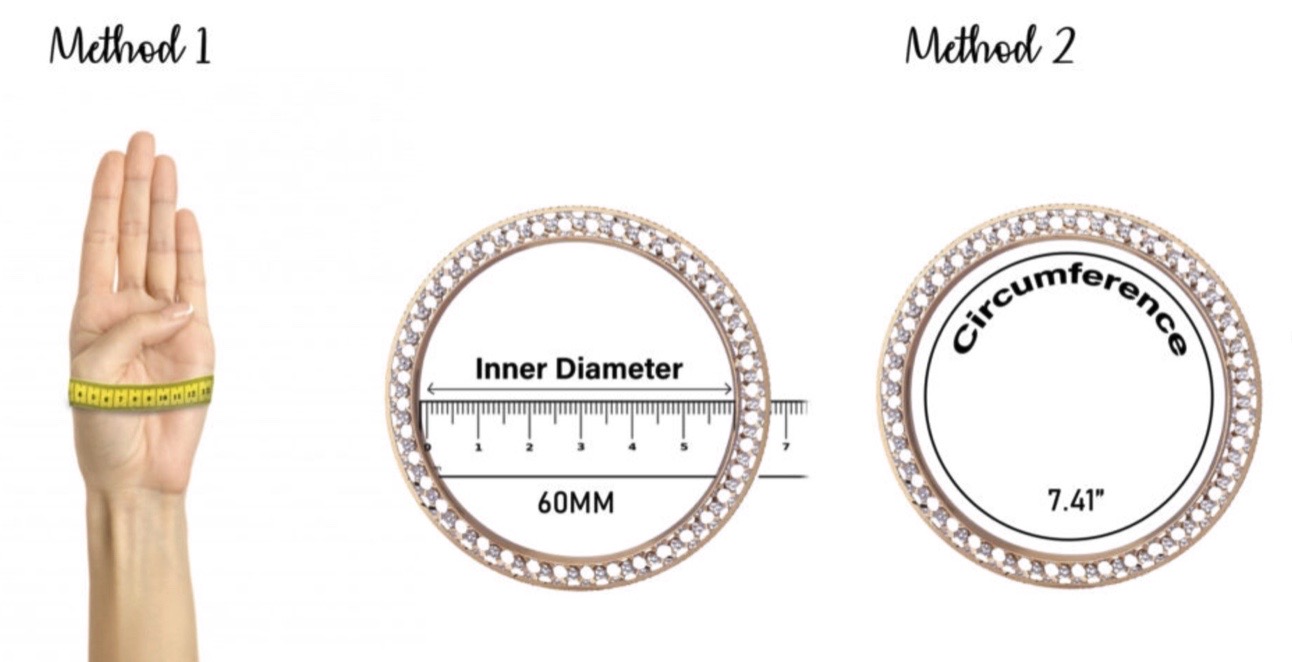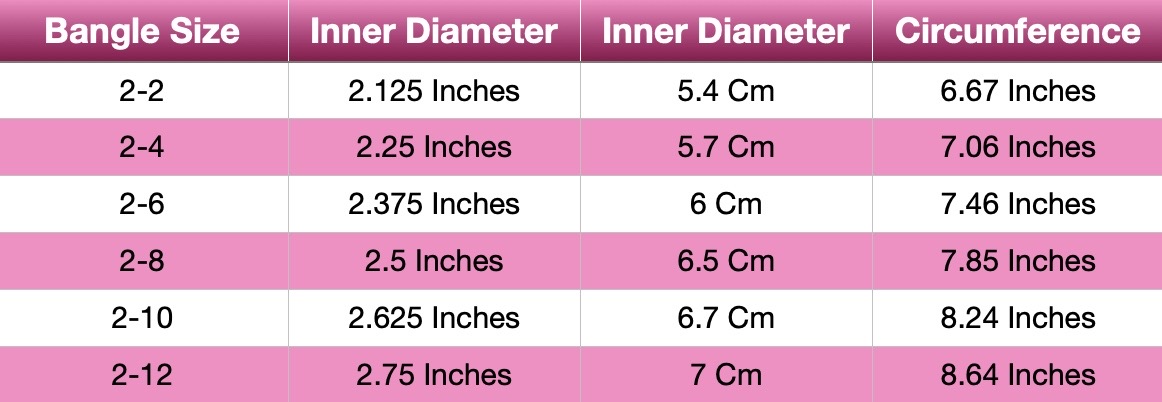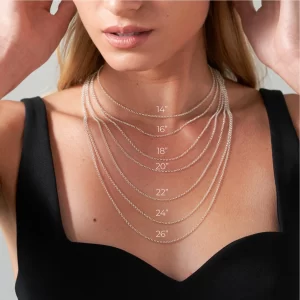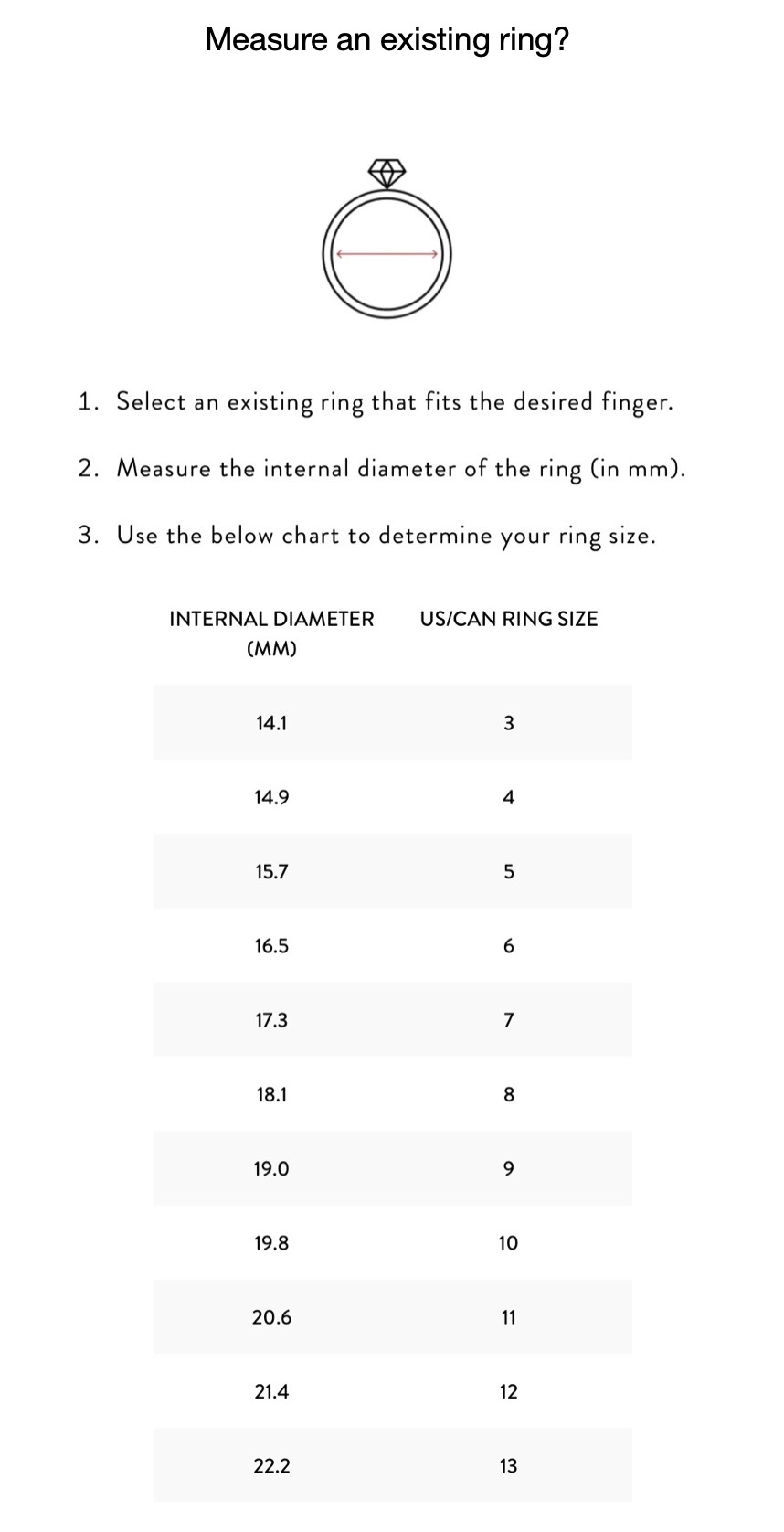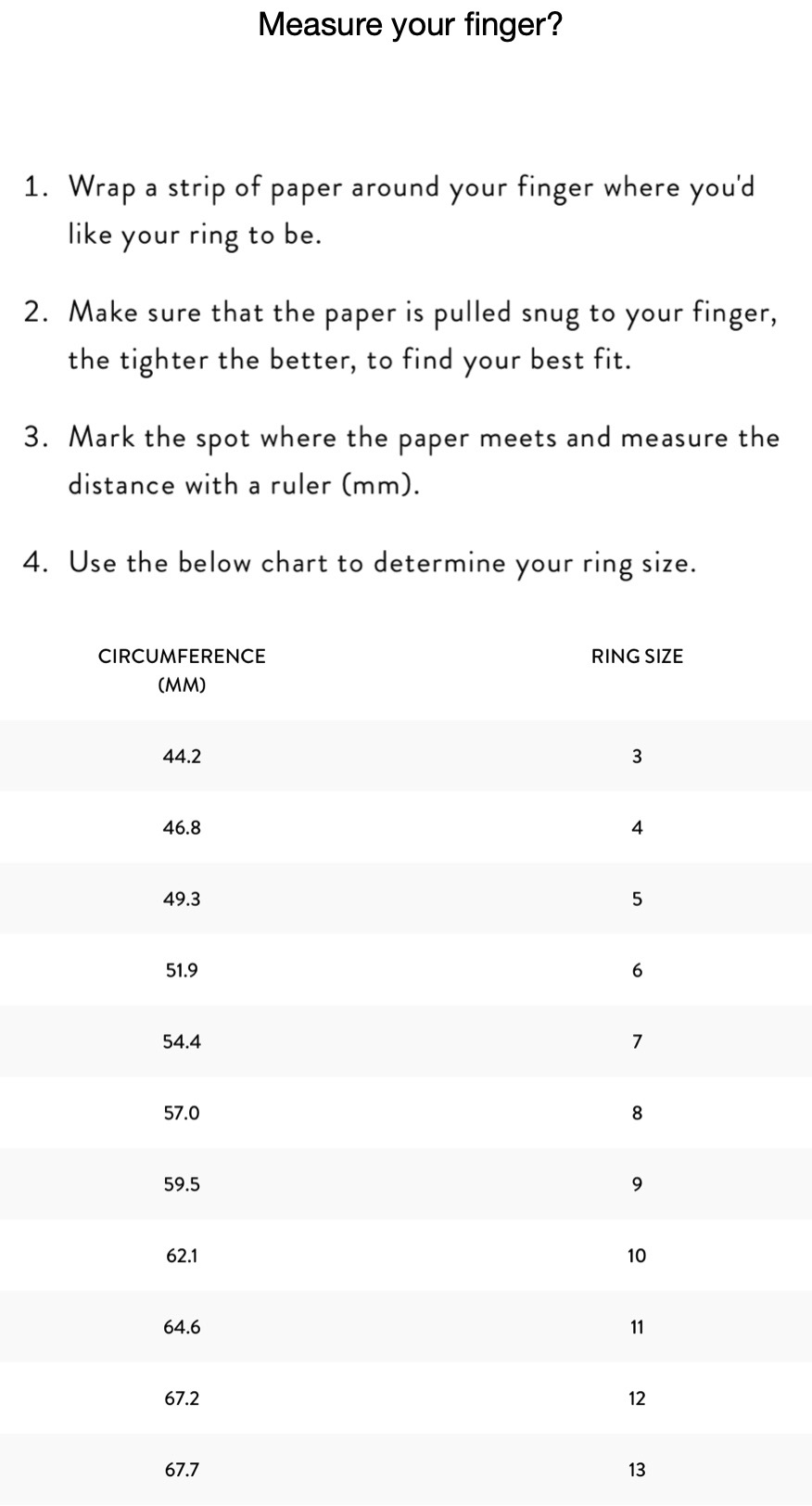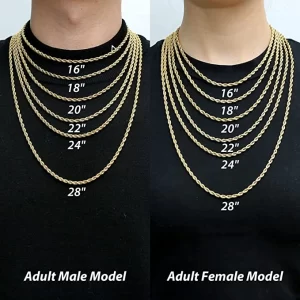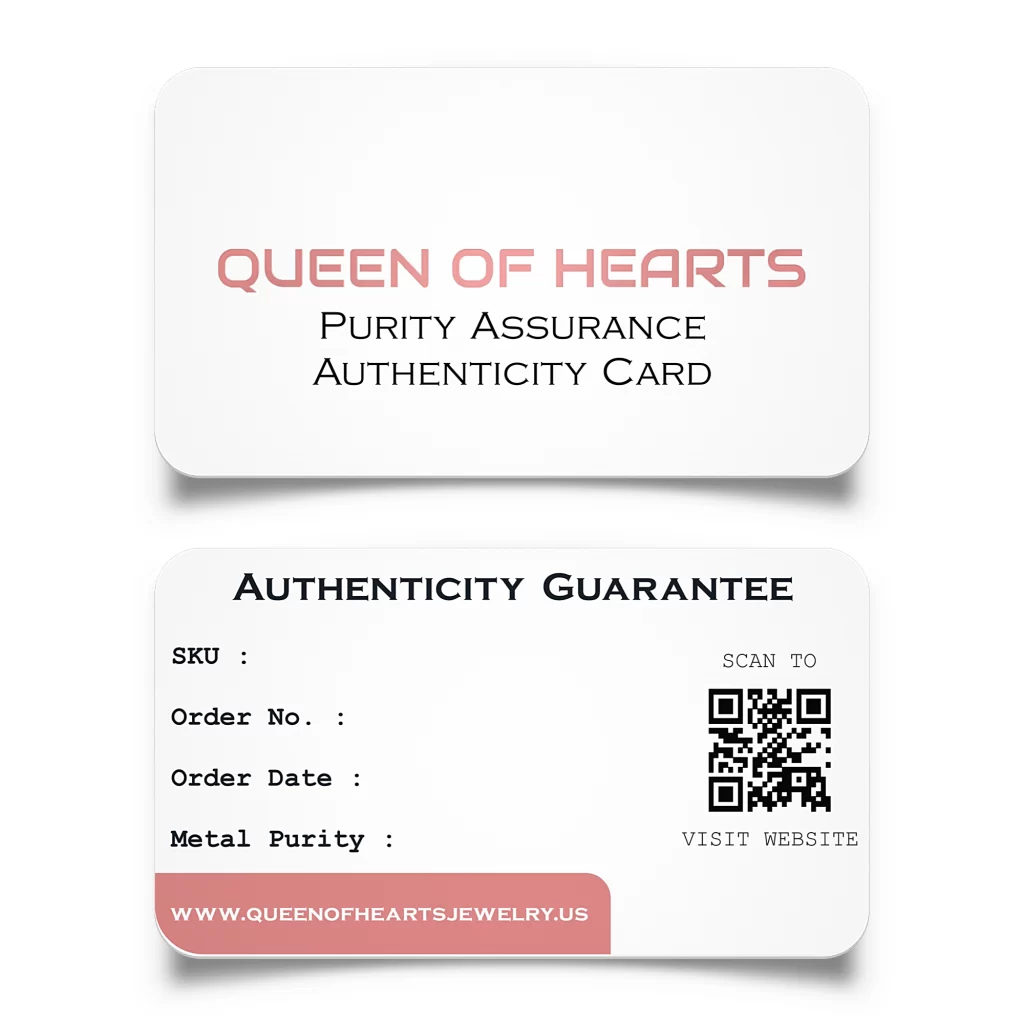The History of Indian Gold Necklaces: 5000 Years and Counting
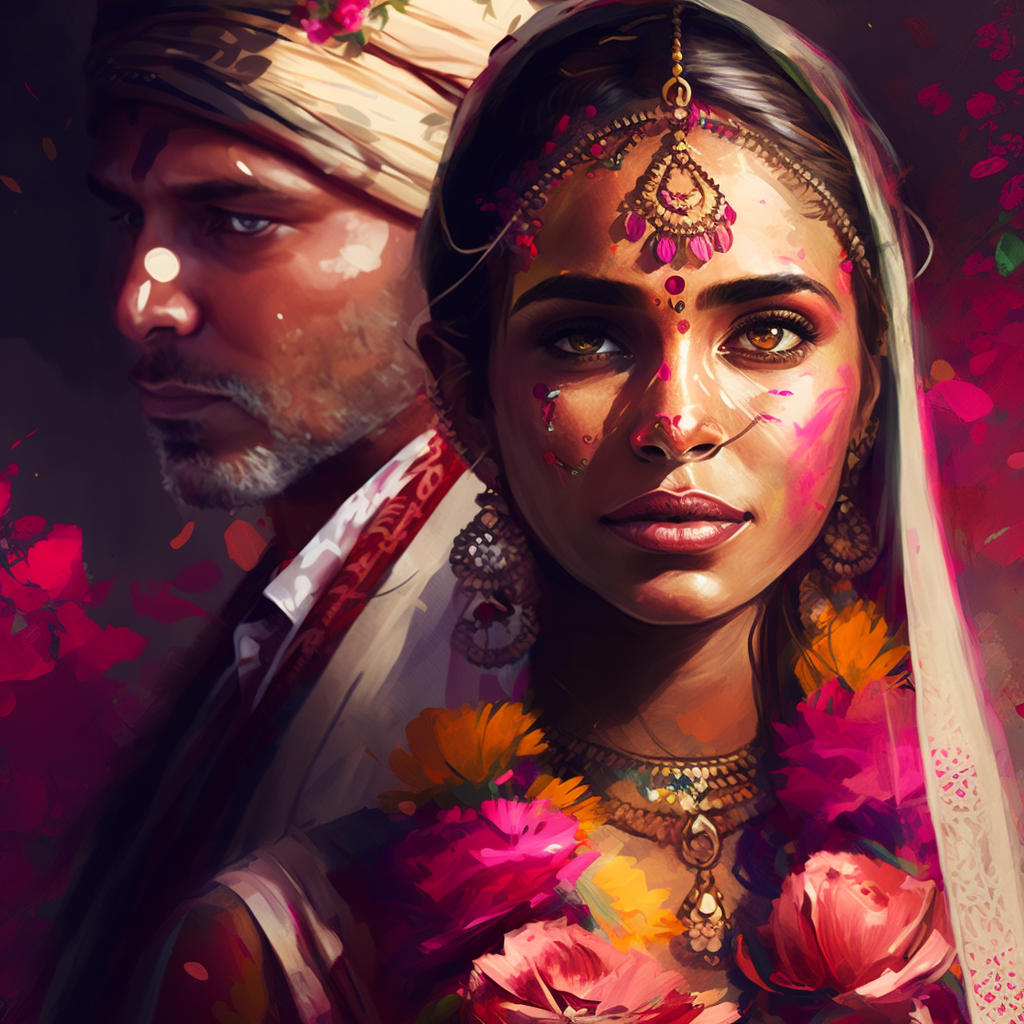
Indian culture is perhaps the culture most associated with traditional jewelry and decorative pieces; from the mangalsutra to the Raani Haar necklace, costume and decorative jewelry plays a starring role in many Indian celebrations and ceremonies. And this is nothing new – the tradition of Indian jewelry goes back 5000 years.
But when did Indians first start wearing gold necklaces, and what do these necklaces symbolize today? In this article, we’re going to take a look at the earliest discoveries of Indian gold necklaces, explore why gold remains such a popular and coveted luxury in the country, while also taking a look at some different types of gold necklaces that remain popular even today. Let’s get started!
WHEN DID INDIANS START WEARING GOLD NECKLACES?
While Indians have been wearing gold necklaces for centuries, it’s believed that the wearing of gold necklaces can be traced back to the earliest Indian civilisations, where necklaces would be worn as a symbol of power, wealth, and high social status by the wealthiest in society.
Nowadays, gold necklaces are commonplace across India, and while they still do remain a symbol of wealth and opulence – especially those with more extravagant designs and high gold karat purity (such as 22 karat gold necklaces) – jewelry is not something exclusive to those with money.
WHAT TYPES OF GOLD NECKLACES CAN YOU FIND IN INDIA?
From the mangalsutra to the traditional Indian choker, here are just some popular gold necklace designs that you can find across India and Southeast Asia:
MANGALSUTRA
Also known as “the auspicious thread,” this type of necklace is placed around the neck of married Hindu women during their wedding ceremonies; it consists of two gold strands lined with black beads, and is usually adorned with a gold, diamond, or pearl pendant. While the mangalsutra is a highly sacred necklace in Indian culture, modern designs have evolved to adapt to the lifestyle of modern women, with shorter chains and smaller pendants.
RANI HAAR NECKLACE
The Rani Haar necklace is another type of gold necklace commonly worn by brides in India for their wedding ceremonies; in Hindi, Rani means queen, and Haar means necklace, and this piece consists of multiple layered strands, usually made with brilliantly bright gold. The Rani Haar also often features intricate gold ornaments situated in the center of the chain, such as coins, bells (or jhumkas), or flowers attached as pendants.
CHOKER NECKLACES
Chokers are a classic staple in Indian jewelry for both special and everyday wear; these necklaces consist of thick, short strands that fit snugly around the base of the neck, and often feature traditional designs like Kundan stones or meenakari work. You can also find gold chokers with more elaborate designs, and these tend to be used for wedding ceremonies and special occasions; these chokers are often adorned with pearls or precious gemstones, and are layered or attached to longer chains for a more complete look.
SATLADA
An upgrade from the traditional layered necklace, the Satlada necklace is a set of seven or nine gold chains, often adorned with precious and semi-precious stones, such as emeralds, rubies, or diamonds. The auspicious Satlada is often worn on special occasions such as weddings; the number seven symbolizes good luck, while the number nine stands for prosperity and long life.
WHAT IS THE SYMBOLISM BEHIND INDIAN GOLD NECKLACES?
Necklace designs have evolved over time to represent different things – from wealth and opulence to good luck and protection – but when it comes to gold necklaces, it’s hard to escape from its origins as a symbol of wealth and opulence. Even in Bollywood movies, gold necklaces are seen as a marker of success and power, or even nobility and royalty.
Today, gold necklaces remain an important part of Indian culture; from weddings to festivals, these pieces serve as a reminder of India’s rich heritage, as well as the country’s traditional dress that remains celebrated and cherished across all regions of the country. And while their symbolism may vary from one region or community to another, it’s safe to say that the popularity of gold necklaces in India is far from in decline.

